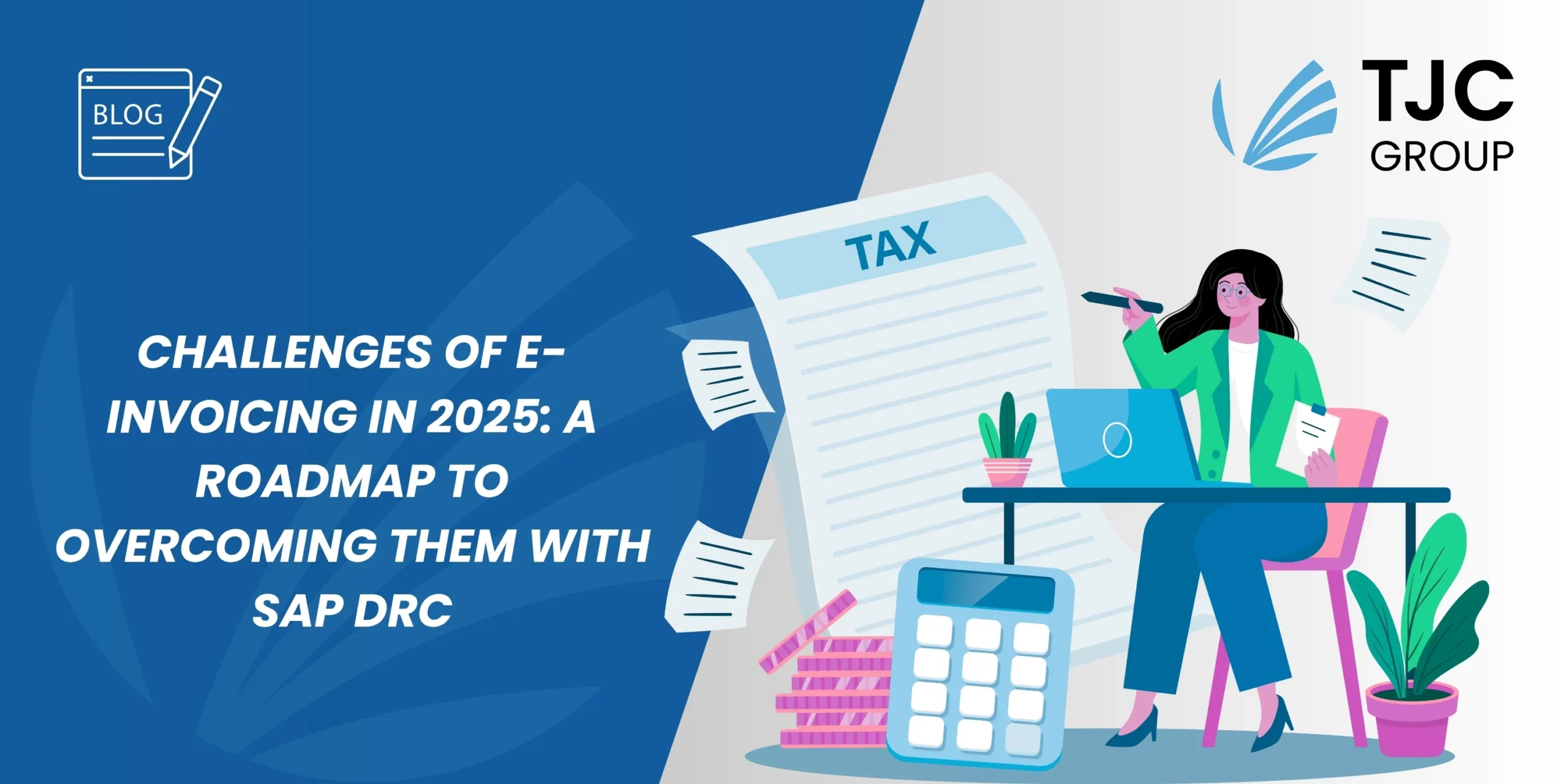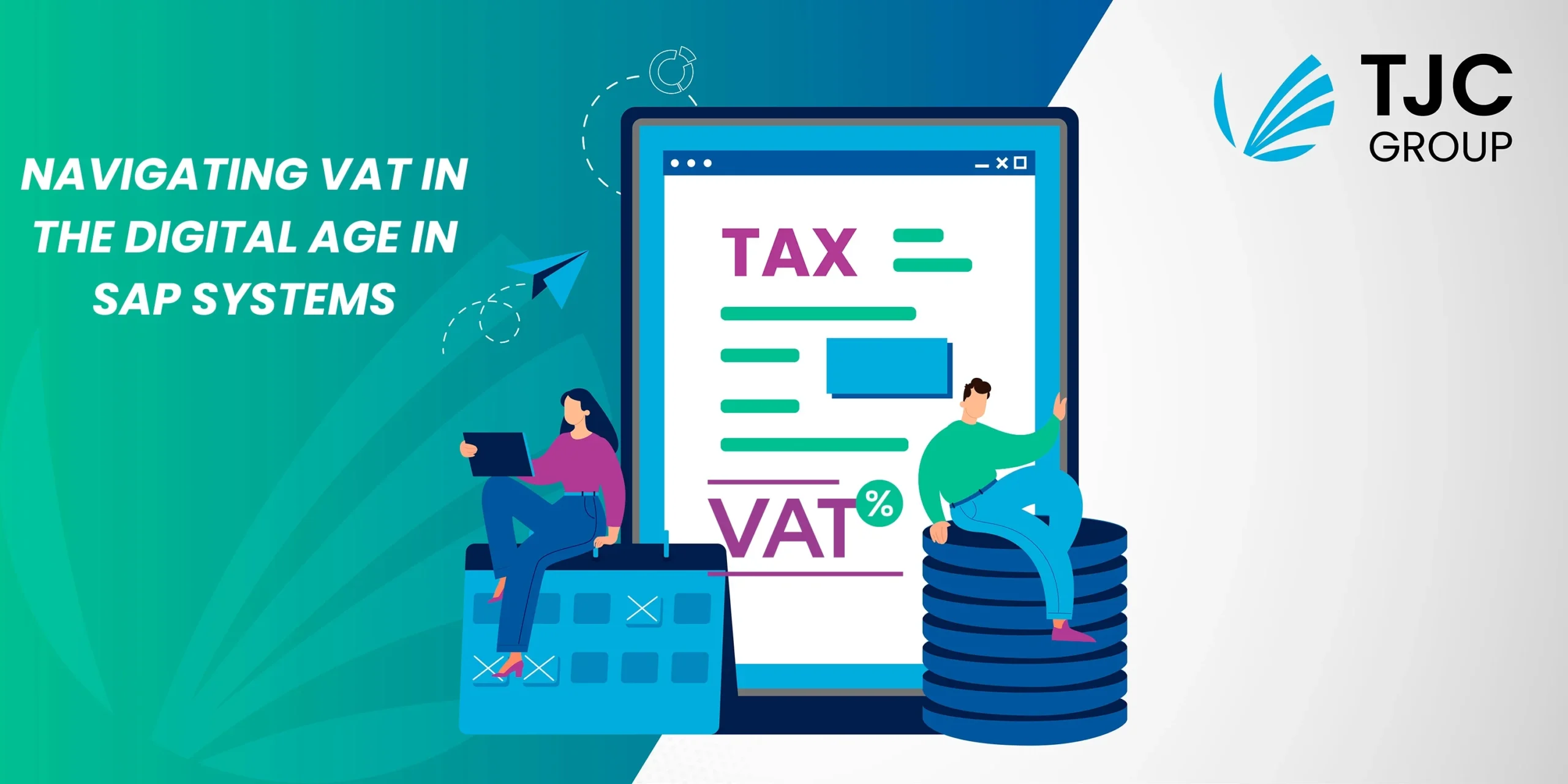Author: Thierry JULIEN, CEO of TJC Group.
The SAP DaRT technology is a mature product with its supporters and its critics. A popular argument is that DaRT allows the creation of a fiscal archive with a reliable audit trail. I would argue that the second point, regarding a reliable audit trail, isn’t valid.
Electronic invoicing has renewed interest in the audit trail in the enterprise IT world when it seemed to previously interest only auditors. Fashion isn’t an excuse for poor practices. The audit trail allows an auditor (tax or not) to trace accounting information from its origin. The argument isn’t to say that the original source is the document, for instance the paper invoice.
DaRT of course only contains data, the hypothesis here is to say that from the data we can find the document and vice versa. DaRT was developed to send information to the IRS in the United States. Because the authorities are only allowed to audit a company for a set period, DaRT isolates a given accounting period for a company in SAP.
DaRT starts by extracting the accounting data, then, from this point, extracts the other elements such as purchasing and sales. In this sense, DaRT fixes a set of data allowing us to go from the accounting document to an original document such as an invoice. In this sense, we have an audit trail. But only in this direction.
A key element for auditors is the ability to control the completeness of the audited elements. For example the completeness of the turnover.
For SAP an order isn’t linked directly to a company but to a sales or purchasing organization. This means that an order or a delivery for a given period doesn’t necessarily correspond to an accounting document in this period.
In short, the auditor can reasonably start with the original documents (the good old box of invoices) and investigate their effect on the accounting. If they use DaRT they won’t find the accounting document for some of the original documents due to differences in the company or period.
In this sense, it’s not good practice to use DaRT as the audit trail.
We should remember the logic used when DaRT was created: The data should allow the IRS to carry out some preliminary checks remotely before continuing the audit on site. The administration wasn’t looking to carry out a complete audit.
This isn’t meant as criticism but DART has an inherent implication: it allows the analysis of a company’s accounting based on the premise that this accounting is complete, and therefore that the accounting is valid.
DaRT, therefore, isn’t an audit trail in the real sense of the phrase, this wasn’t the intention when it was designed. If we respect some basic principles it can be relatively easy to follow a true audit trail in SAP, DaRT isn’t the tool for this.
For completeness, the audit techniques used in SAP should allow this two-way audit trail: i.e. start from the accounting documents to get the original documents, and vice versa.
It’s important to reflect on this since many arguments have been put forward and the pressure of tax audits is increasing.









